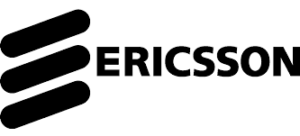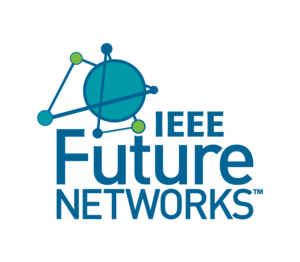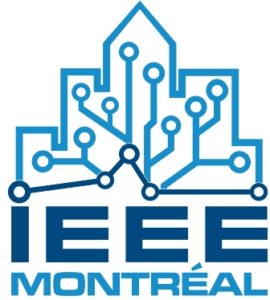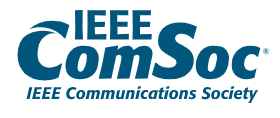SCOPE
Recent advances in computing and communication technologies have enabled a new class of resource-intensive real-time fifth-generation (5G) network applications such as merged reality and intelligent video surveillance. These applications require low latencies, high data rates, considerable computing and storage resources, and access to sensors and actuators. The conventional approach for fulfilling these requirements is using a cloud computing system in which data collected by end devices such as video and biosensors are sent to an application on the Internet cloud. However, this approach introduces high communication latency and is unable to satisfy the low latency and high data rate requirements of resource-intensive applications. An edge-computing layer in which computational and storage services are provided at the network edge has been suggested as a solution for the limitations of the cloud-centered approach. Edge computing implementations can be divided into three categories: mobile edge computing, fog computing, and cloudlet computing. In mobile edge computing, nodes with processing and storage capabilities are deployed at the base stations of the cellular network; thus, cloud-computing services are provided in the radio access network. In fog computing, nodes such as routers, switches, and gateways that are deployed between cloud-computing data centers and end devices provide computational and storage services. Finally, a cloudlet is a small cloud data center located close to an end device. Due to high communication latency, mobile cloud computing systems cannot fulfill the requirements of resource-intensive real-time IoT and 5G applications. Cloud computing also introduces unnecessary traffic to the core Internet network and consumes a significant amount of transmission energy when data are transmitted via cellular networks.
Consequently, edge computing implementations require adding new infrastructure or updating existing infrastructure. In addition, edge computing does not exploit the capabilities of end devices, which are usually equipped with powerful multicore central processing units, graphical processing units, numerous sensors, and several wireless communication technologies. To overcome the drawbacks of mobile cloud and edge computing systems, a heterogeneous edge cloud is proposed in which multiple mobile and stationary devices, such as sensors, robots, home appliances, and smartphones, interconnected through ad hoc and infrastructure-based wireless local area networks are combined to create a small-scale cloud data center at a local physical area such as a home. In this tutorial, we will discuss the applications and challenges associated with designing and developing a private edge cloud system and a middleware platform that leverages machine learning and virtualization technology for efficient management and utilization of resources.
Keywords: Internet of Things, Edge Cloud, Fog Computing, Heterogeneous Network Environment, Mobile Cloud
SPEAKER

Sayed Chhattan Shah, Associate Professor Mobile Grid and Cloud Computing Lab Department of Information Communication Engineering Hankuk University of Foreign Studies, South Korea
Short Bio: Sayed Chhattan Shah received a Ph.D. degree in computer science from Korea University in 2012 and an M.S. degree in computer science from the National University of Computer and Emerging Sciences in 2008. He held regular and visiting faculty positions with the Seoul National University of Science and Technology, Korea University, Dongguk University, Hamdard University, and Isra University. He is currently an Associate Professor of computer science with the Department of Information Communications Engineering at Hankuk University of Foreign Studies Korea. He is also the Director of the Mobile Grid and Cloud Computing Laboratory. Before joining HUFS, he was a Senior Researcher with the Electronics and Telecommunications Research Institute, South Korea, and an Engineer with the National Engineering and Scientific Commission, Pakistan. His research interests lie in the fields of distributed computing systems and the internet of things. He has also received funding for his research from numerous government agencies and foundations.
He is a senior member of the IEEE and a member of the IEEE Communications Society, the IEEE Internet of Things Community, the IEEE Smart Cities Community, the International Telecommunication Union, and the European Research Council. He was the conference chair and on the program committees of various international conferences. He is currently an Associate Editor of IEEE Access, Information Processing Systems, and Intelligent Automation and Soft Computing.
Sign up for email alerts to get the latest news and announcements for the 2022 IEEE Future Networks World Forum. If you have specific questions, contact us at FNWF@ieee.org.


















